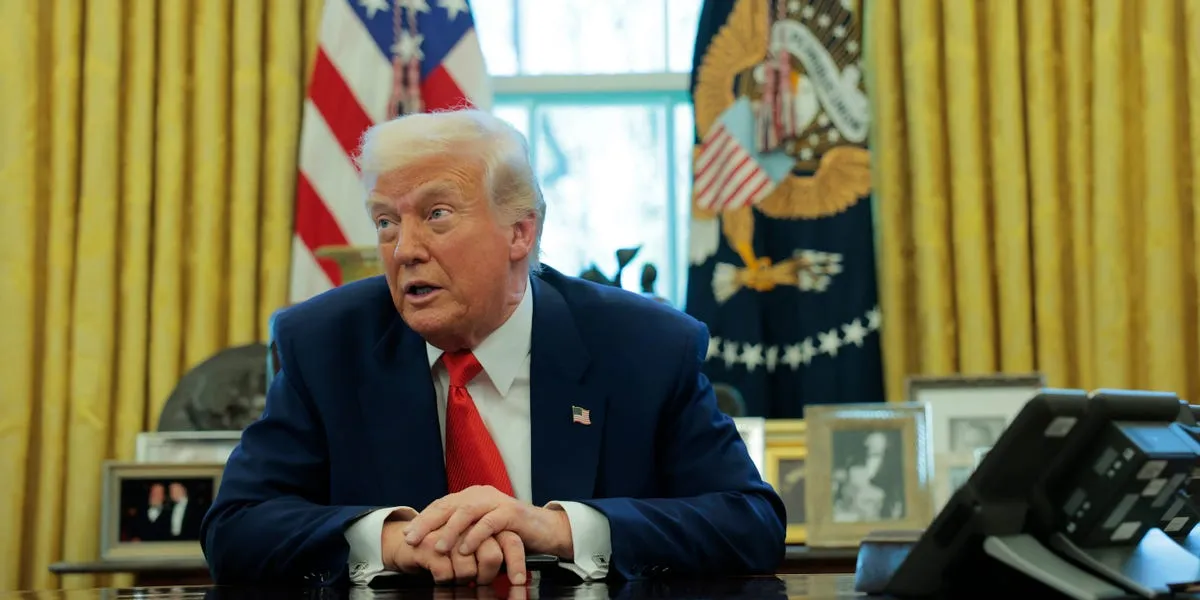
During a recent press conference held in the Oval Office, President Donald Trump addressed the ongoing tariff situation between the United States and China. He reassured reporters that the final tariffs on goods from China would not reach the current level of 145%, stating that these rates would come down substantially. Trump emphasized that while the tariffs would decrease, they would not be eliminated entirely, indicating a nuanced approach to the ongoing trade negotiations.
Trump's comments were prompted by a question regarding Treasury Secretary Scott Bessent, who had earlier described the tariffs as having created a situation akin to a trade embargo. In response, Trump reiterated the United States' commitment to fostering a strong relationship with China, particularly with President Xi Jinping. However, he refrained from providing specific details about any ongoing negotiations with Beijing concerning the tariffs, leaving many questions unanswered.
In a previous statement, Trump indicated that he might not further increase tariffs on China, even if the Chinese government decided to raise tariffs on American goods. He noted that there comes a point where consumers simply stop purchasing products due to high tariffs. Currently, the situation is tense, with the US tariffs on Chinese goods at a staggering 145%, while China has retaliated with tariffs as high as 125% on US-made products. This back-and-forth exchange has significantly escalated trade tensions between the two countries.
In February, President Trump imposed a 10% tariff on imports from China, claiming the move was necessary to combat the influx of drugs entering the US from Chinese sources. Since that time, both nations have engaged in a lengthy series of retaliatory measures, leading to the current high levels of tariffs that are now in place.
Trump has strategically leveraged tariffs as part of his negotiation tactics. On April 3, he expressed openness to reducing tariffs on certain countries, provided they offer the United States substantial concessions. Notably, he suggested potential tariff relief for China if they agreed to a deal concerning TikTok. The app's parent company, ByteDance, is under pressure to divest from TikTok or face a ban in the US, which adds another layer of complexity to the ongoing discussions.
In March, Trump indicated that he could consider reducing tariffs as a bargaining chip, highlighting the economic implications of tariff rates versus the perceived value of TikTok. "Maybe I'll give them a little reduction in tariffs or something to get it done, you know, because every point in tariffs is worth more money than TikTok," he stated.
As the situation unfolds, it remains to be seen how the negotiations will progress and what the final tariff rates will be. The interplay between economic strategy and international relations continues to shape the landscape of US-China trade.